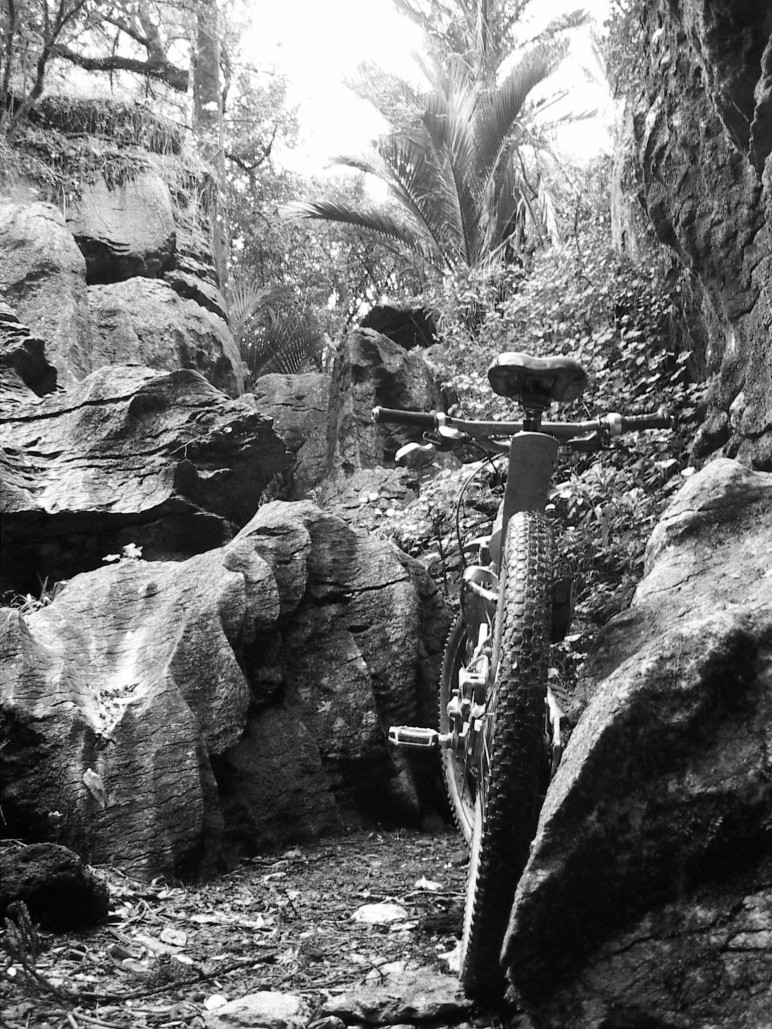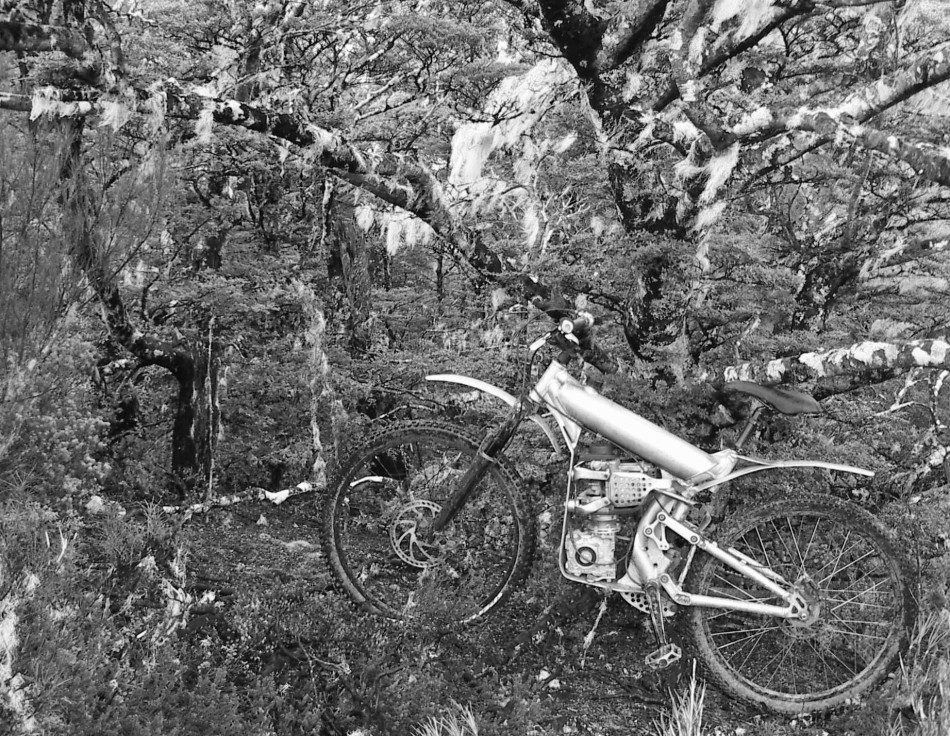Mk 2
4 Stroke
24.000 km/15.000miles
*
*
*
Marzocchi/Fox Suspension-Hayes Brakes-ZHI Cranks-Geax Tires-DMR Pedals-Surly Chainrings-Wipperman Chain-Funn Handlebar/Hub-Goodridge Brakehose-Thomson Seatpost-FSA BB-Rohloff 14 Speed Internal Gearhub-Syncros Rims
*
The Ride:
*
*
*
*
*
*
*
*
*
*
*
*
*
*
*
*
*
*
28 kg/ 62 lbs – 3 liters Fuel-200km/125miles. 4 stroke… Rohloff 14 speed Planetary Gearbox… freewheeling engine and pedaling…
See also story on: ‘The Kneeslider’ Motorcycle News For Positive People and BikeEXIF on Facebook
*
( Never ‘motor’ MTB tracks )
*
*
*
*
*
*
*
*
*
*
*
*
*
*
*
*
*
*
*
*
*
*
*
*
*
*
*
*
*
*
*
*
*
*
*
*
*
*
*
*
*
*
*
*
*
*
*
*
*
*
*
*
*
*
*
*
*
*
*
*
*
*
*
*
*
*
*
*
*
*
*
*
*
*
*
*
*
*
*
*
*
*
*
*
*
*
*
*
*
*
*
*
*
*
*
*
*
*
*
*
*
*
*
*
*
*
*
*
*
*
*
*
*
*
*
*
*
*
*
*
*
*
*
*
*
*
*
*
*
*
*
*
*
*
*
*
*
*
*
*
*
*
*
*
*
*
*
*
*
*
*
*
*
*
*
*
*
*
*
*
*
*
*
*
*
*
*
*
*
*
*
*
*
*
*
*
*
*
*
*
*
*
*
*
*
*
*
*
*
*
*
*
*
*
*
*
*
*
*
*
*
*
*
*
*
*
*
*
*
*
*
*
*
*
*
*
*
*
*
*
*
*
*
*
*
*
*
*
*
*
*
*
*
*
*
*

*
*
*
*
*
*
*
*
*
*
*
*
*
*
*
*
*
*
*
*
*
*
*
*
*
*
*
*
*
*
*
*
*
*
*
*
*
*
*
*
*
*
*
*
*
*
*
*
*
*
*
*
*
*
*
*
*
*
*
*
*
*
*
*
*
*
*
*
*
*
*
*
*
*
*
*
*
*
“There is nothing in a caterpillar that tells you it’s going to be a butterfly” — Richard Buckminster Fuller
*
*
*
*
*
Comments about motorized MTB’s:
– I’d be down for something like this because of the length of rides I go on on my dh bike. Pedaling for 10 miles on a mid 40 lb DH bike sucks butt… sure I can walk it the entire way but that sucks even more. So having something give the assist to help you get to the top then you can rip down is awesome. I think a lot of you guys forget not everyone wants to or does own an AM/XC or enduro rig, not everyone owns a hard tail. Not everyone lives by somehwere you can shuttle, or take a lift. Some of us just like our big travel big hit heavy bikes and still want to be able to go ride em for longer distances. Its a great idea…
– …come the end of the day you may be able to do one more extra lap up and down, compared to packing it in early due to dead legs
– You can have all the fun of downhill, but on flat. AWESOME! And for all the people who will say its too heavy: who cares I’m sure the motor will more than make up for having to pedal the extra weight around.
– And as far as I can tell, you get just as much excersize riding it, you just go way faster while you do it.
– And who makes the rules for Mountain biking anyway?
– Mountain bike is a fairly general statement, the mountain bike covers many different aspects from cross country, to XC, AM, and Downhill. This bike is not meant to replace any of those, simply to expand on what we call a mountain bike.
– What I don’t get is what’s the problem with having a DH commuter bike? I love riding my DH bike around the city, and if I could do it at 25 kph I would be in heaven. I would love to cruise around town at 30-40 kph with this as a super comfortable commuter that I can jump/huck when the opportunity arises.
– Also open your mind a bit to this idea-this doesn’t mean you don’t pedal, it just means that you can do more runs or more miles with the same effort. It’s about will power, but there’s nothing stopping you from putting out 100 W of power throughout your ride , but now you will cover 25 km of trails in one hour instead of 10 km, and you’ll get the same workout. How is that bad?
– …looks like another way to have a lot of fun to me.. just cause it’s got a motor doesn’t mean you sit on it an eat doughnuts instead of riding hard… it just means you go faster and further for the same effort… i can see this concept developing to become lighter and more powerful.. then i just imagine the fun of getting on the gas (i.e. the pedals) out of corners and throwing a little extra roost..
– I think this thing is awsome.All you purests out there who think our sport has to have a definition are being dumb asses.Its like the skiers in the old days saying snowboarding is dumb ,now there are far more boarders then skiers.I think of all the trails us downhillers dont ride because they have a few uphills or long flat spots on them.Our (DH) bikes are already over 40lbs and dont pedal well.This bike also opens up areas to ride for guys who enjoy dirtbiking but cant ride in spots that are closed to motorised vehicles.As far as the weight well weight can be taken off with refinement of the product thru testing.I would buy one and would giggling as I ripped past all the other purests as they struggle up the hill.
…when im out having a blast on it ill be thinking of you.So go pedal up a hill so you can go to bed that night knowing how pure you are.By the time you get to the top ill have done about 4 more rips down having fun.
– Do you remember when mountianbikers use to say us downhillers were lazy and got no exercise?We both know how much effort it does take to ride down a tech hill fast.The same can be said about dirtbiking.I have raced many ebduro and cross country races and i can tell you its a workout.Infact even thow ive dirtbiked for 20 years and mountainbiked for 7 I still find I use more muscles and get tired faster on a dirtbike.Throwing around a 250lb dirtbike on a trail that is just as tight and gnar as those north shore trail you guys ride is tough.
– I think it’s a great idea. If you don’t like it, don’t ride it. Also, if you’re into XC then keep riding XC and staying super skinny and going 5 mph on your 10 lbs. bikes. For those of us that enjoy excitement this bike could be amazing. I love DH and FR because the bikes are so much lighter than a dirt bike so it makes for awesome descents that you are able to control. On the dirt bike the weight means that you’re not able to do much in terms of descent, but rather you enjoy the climb up as well as everything else that a gas engine allows you to do.
– For those of you trying to “protect the integrity of mountain biking!!!!”, go ride something else, no one cares except for you. For those of us looking for an adrenaline rush no matter if it’s on something powered by an engine, gravity, legs, or an electric motor, we’ll continue to have fun on whatever two wheeled contraption we happen to be on that day and absolutely loving it! Who would you rather be?
– Can you imagine if people would have tried to protect the integrity of the horse and carriage? We wouldn’t have cars for hell’s sake. Some people really need to lighten up, open their minds, and actually view the world through unbiased eyes rather than someone on the war path at all times.
*
*
*
*
*
“I am convinced that creativity is a priori to the integrity of the universe and that life is regenerative and conformity meaningless.” — Richard Buckminster Fuller
*
*
*
I just invent, then wait until man comes around to needing what I’ve invented. – Buckminster Fuller
*
*
*
* * “I am enthusiastic over humanity’s extraordinary and sometimes very timely ingenuity. If you are in a shipwreck and all the boats are gone, a piano top buoyant enough to keep you afloat that comes along makes a fortuitous life-preserver. But this is not to say that the best way to design a life-preserver is in the form of a piano top. I think that we are clinging to a great many piano tops in accepting yesterday’s fortuitous contrivings as constituting the only means for solving a given problem.” — Richard Buckminster Fuller.
*
Thoughts on Electric Vehicles:
* It is easy for an petrol vehicle (bike/car) to outperform an electric one:
* 1010 Smart ForTwo EV, 100km/h, 150km range, 8 hours charging,
* 2012 Nissan leaf, 145km/h, 160km range, 8 hours charging,
* 2013 VW Golf Blue-e-Motion, 135km/h, 150km range, 7 hours charging
Electric propulsion: Misplaced ideology and dubious claims.
“Prius-Toyota: Hard to recycle at end of life because of use of heavy metals…only good thing is fuel saving gained when driving in city…takes so many more resources to make than an conventional car like a Daihatsu Charade which delivers similar fuel use figures to the Prius over its useful life but consumes less than half the resources during manufacture and its much easier to recycle the materials that formed it.” Paul Owen.
Electricity in most countries is made from coal and gas (two third…in UK…)…plus efficiency loss through line…
Rapidly depleting lithium reserves.
Price of vehicle is higher than petrol or diesel equivalent..
Useless as first car because of lack of range – therefore need of petrol or diesel-powered version “as well”… and not “instead of”… -therefore negating benefit of electric vehicle.
Refuelling takes too long.
Electric vehicles used in cold weather will show increased energy consumption and reduced battery capacity and so decreased range on a single charge, for example the Mini E’s range dropped by 30% in cold weather.
For a long time to come batteries will still be too bulky, heavy, resource-hungry, slow-charging and unsuited for application.
You still can’t drive an electric car/bike on a cross country trip without 4 hour stops to recharge along the way.
Easy to make a cheap to run 2.4L/100km car…
Alternative fuels for ICE : Ethanol, Biogas …
…the only electric vehicle on the market that can travel 230-250 miles is the Tesla Roadster, which costs $109,000, and has been estimated to cost more than that to produce. The battery itself is estimated at some $36,000 of that, with a rated lifetime of only 7 years or 100,000 miles. After 50,000 miles, the range drops below 200 miles per charge.
Much of the energy taken to drag an electric car around is to move the batteries themselves – so every time you add batteries to increase your range, you also add weight to offset the increase. It takes very lightweight batteries to keep that added weight from eating the range increase – and those batteries aren’t getting much cheaper or much lighter – but they’re all we have. The Department of Energy agrees – battery technology simply can’t support affordable electric vehicles, and won’t in the forseeable future without massive reductions in cost and increases in longevity and reliability. While short range electric vehicles will likely be a great solution for eventual last-mile transportation, I see them today as mostly a way for people to cling to the idea that we can keep living a lifestyle that was only possible before we knew the impacts of burning fossil fuels.
Generating electricity is not without environmental damage: We alter watersheds for hydroelectric power; coal-fired electric generating creates emissions; we know about the waste issues with nuclear power; windmill farms adversely impact bird migration patterns and survivability. Batteries are toxic to create, and considered toxic waste at end of life. Hybrids and electrics increase the number of batteries that we would consume.
Put enough electric cars on the road and the price of electricity will rise just like fuel.
To deal with fuel costs you could buy a 2CV or a Metro Geo with the small engine and 5-speed, and that would actually be fun.
Ultracapacitors are great at quickly charging and discharging, leading to high power output. The problem is energy density – to be able to run a car with normal ultracapacitor would take something like a garbage truck sized capacitor.
We’re talking about a world where the cost of owning a car is much, much higher than it is today, so *most* people (like, say, in European and Japanese cities) don’t have one.
Germany, (http://news.cnet.com/8301-11128_3-10231102-54.html) which today has 41 million cars, aims to have 1 million electric cars or plug-in hybrid vehicles on the road by 2020. In a best-case scenario, the WWF assumes that the 1 million electric cars or plug-in vehicles would be running on renewable electricity and used at maximum mileage. The carbon dioxide emission reductions from these 1 million electrical vehicles in Germany’s transportation sector would be only 1 percent, according to the study, and overall national carbon dioxide emissions would only be cut by 0.1 percent. “That is not a very big deal,” Raddatz said, adding that “it is not going to help us out of the transportation emission mess.” A worst-case scenario would be that the electric cars would run on electricity from coal instead of from renewable sources. Today, the German plants that deliver marginal electricity are fueled by coal. That is the main problem, according to the study. The research adds that to produce the same amount of energy, coal emits more carbon dioxide than even gasoline. “The electric car is a serious option for low-carbon future transportation,” Raddatz said, “but must be linked with renewable energy to make the difference.”
Here’s a quote from a 1994 Michael Shnayerson interview with Alan Cocconi, the engineer who developed a lot of the EV1’s sophisticated electronics: “I think frankly that for widespread use we’ll need hybrids. I suspect that pure electrics will remain pretty much a niche market.” It’s true that most electric cars get their electricity from the grid, which, in many states, is made up mostly of electricity from coal-fired power plants. In areas where the power comes mostly from hydro, wind or solar, your electric car would be virtually emissions-free. (Any (??…some) electric-car owner can achieve this by installing a (big) SOLAR CARPORT (!) at home.)
According to the US Department of Energy, most electricity generation in the United States is from fossil sources, and almost half of that is from coal. Coal is more carbon-intensive than oil. Overall average efficiency from US power plants (33% efficient) to point of use (transmission loss 9.5%) is 30%.Accepting a 70% to 80% efficiency for the electric vehicle gives a figure of only around 20% overall efficiency when recharged from fossil fuels. That is comparable to the efficiency of an internal combustion engine running at variable load. The efficiency of a gasoline engine is about 16%, and 20% for a diesel engine. Using fossil based grid electricity partially negates the high in-vehicle efficiency advantages of electric cars.
A battery is merely an energy storage device, not a source of energy. Even today, a kilogram of the very best performing lead-acid battery can store barely 0.4 percent the energy contained in a kilogram of gasoline. (By way of comparison, a kilogram of the latest, most efficient lithium-ion batteries, can only store about 1.2 percent the energy contained a kilogram of gasoline).
Lithium is rapidly becoming scarce, as well – Bolivia has about half the world’s reserves, and isn’t too interested in having American companies strip it quickly of a natural resource that will only become more valuable. With energy storage issues becoming more prominent over time, they only prosper through delay. China’s monopoly on rare earth elements, used in everything from hybrid-car batteries to computer hard drives, has prompted China mines an estimated 95 percent of the world’s supply. It has been reducing its exports of rare earth elements steadily for the last eight years. And it is set to cut them further—at a time when global demand is rising at 10 to 15 percent a year. China has said it is pulling back on exports of these materials to protect the environment and also to meet demand for the materials from its own people. And having a monopoly on rare earth materials means products that rely on those materials—like electric cars and wind turbines—will have to be made in China. (http://www.portfolio.com/business-news/2009/10/12/china-has-a-near-monopoly-on-key-materials-so-cleantech-entrepreneurs-are-innovating/) A draft report form China’s Ministry of Industry and Information Technology released late last month, however, could set off the alarm bells in boardrooms around the world. The report is weighing a total ban on exporting rare earth metals needed to produce circuitry in consumer electronics, such as smartphones, MP3 music players, liquid crystal displays, and advanced battery technologies. The problem? China currently produces more than 90 percent of the global supply for production of such electronics. Perhaps more importantly, in respect to green technology initiatives, the ban will also give China control of the development of green technology with products like electronic or hybrid cars, wind turbines, and energy efficient light bulbs all reliant on rare earth metals. China is considering banning the export of yttrium (used in color TV tubes and to halt corrosion in steel), terbium (used in lasers and semi-conductors), and dysprosium (used in high temperature magnets that are required for electric motors in vehicles). If approved, the export bans would allow China to have a virtual monopoly over the research and production of such advanced technologies. The recent announcement has sent chills through the Japanese business hierarchy. Japan has invested heavily to become a world leader in environmental technology and it is now the world’s biggest importer of rare earth metals from China. The necessity to curb the global growth in carbon dioxide emissions combined with the increased use of renewable energies and as more electric andhybrid cars enter the mainstream auto market, the demand on rare earth metals looks likely to outstrip supply.. “Rare earth for China is like oil to the Middle East,” Toyota, which makes the top-selling hybrid car Prius, and Nissan, maker of electric car Leaf, as well as, General Motors which designed plug-in hybrid Chevy Volt are most vulnerable to a rare earth supply crunch, analysts say. . The Independent article claims the Toyota Prius automobile, the premier hybrid car in the world uses up to 1kg of neodymium in the electric motor and between 10 and 15kg of lanthanum in the electric battery. And each Prius battery uses 10 to 15 kg (22-33 lb) of another rare earth, lanthanum, said Jack Lifton, a commodities analyst and leading authority on rare metals. http://planetark.org/enviro-news/item/59152 http://www.defensenews.com/story.php?i=4286117 Other countries have ceded the market over the years for a variety of reasons, among them that getting these elements out of the ground is so environmentally devastating and potentially carcinogenic to the miners themselves.
On energy and oil: http://heinberg.wordpress.com/ And substitutes like electric cars, liquids from coal, and hydrogen will take a very long time to develop and will in most cases be much more costly than the equivalent elements of our current system of petroleum fuels and internal combustion engines. Inability of the industry to maintain sufficient supplies of fossil fuels for electricity generation. In my new book Blackout, I discuss credible reports suggesting that U.S. coal production could peak in the years between 2020 and 2030 and decline afterward, with prices for the resource inevitably escalating. Natural gas seems plentiful for the time being, but continued exploration and production from new shale gas plays require high gas prices; further, problems with well productivity and low energy return on energy invested may render the new gas plays a mere flash in the pan. · Inability of alternatives to make up for fossil fuels. If higher-priced and soon-to-be scarce coal and gas could be easily, quickly, and cheaply replaced with other energy sources, fossil fuel supply limits would pose no problem. However, all of the available alternatives are problematic in one way or another. Yes, we could have more wind, solar, geothermal, and tidal power—but it will take time and enormous amounts of investment capital (see above), and most of these alternatives are intermittent energy sources. (Post Carbon Institute and International Forum on Globalization have prepared a lengthy, soon-to-be published report, Searching for a Miracle: “Net Energy” and the Fate of Industrial Societies, that examines 18 energy sources across 10 criteria, concluding that no combination of alternatives is likely to be able to replace fossil fuels within a reasonable time frame, and that therefore the world must rely on energy conservation as its primary strategy to deal with climate change as well as oil, coal, and gas depletion.) ·
Nuclear war. The electromagnetic pulse generated by the explosion of hydrogen bombs has the capacity to fry the grid, and hundreds of millions of electrical devices plugged into it, nearly instantaneously. For war planners, this possibility is not only real and credible, it is one of the greatest causes of worry with regard to national survival following any nuclear exchange. Yet consider the situation in Britain: a recent article in the Telegraph was headlined, “Britain Heading Back to the Dark Ages: The UK is facing a tipping point over the next few years in its ability to generate enough power to satisfy an ever-increasing demand.” The article notes: “Over the next 10 years, one third of Britain’s power-generating capacity needs to be replaced with cleaner fuels, as a result of European laws on pollution. By 2025 the situation is expected to worsen….” Another article, this one from the BBC, is titled, “Britain Could Face Blackouts by 2016”; it quotes David MacKay, a researcher at Cambridge University and soon-to-be government energy advisor, as saying, “The scale of building required [to avert blackouts] is absolutely enormous.”








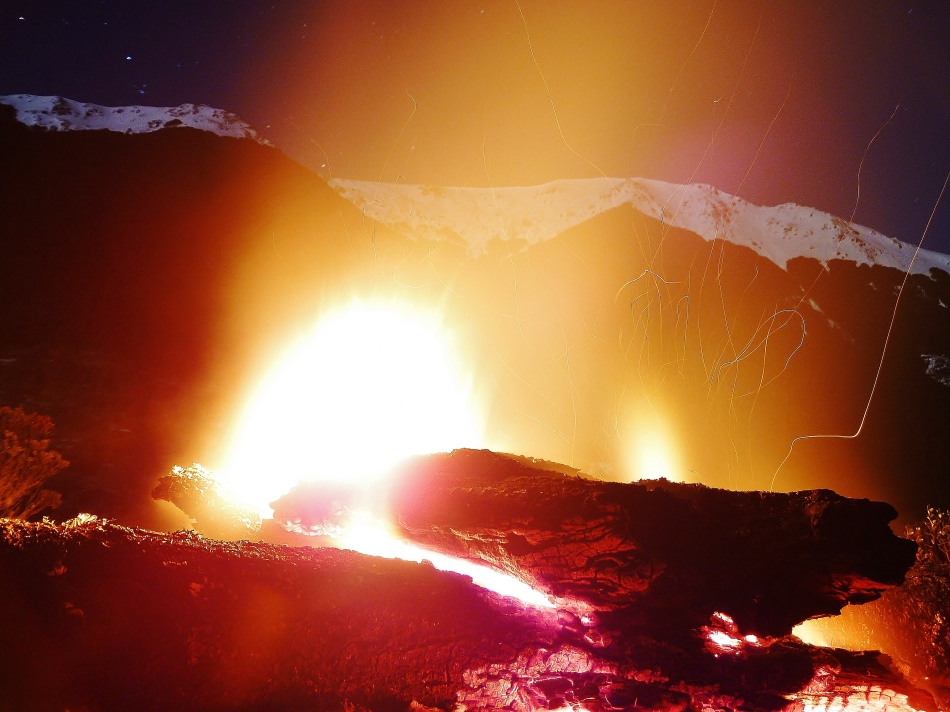










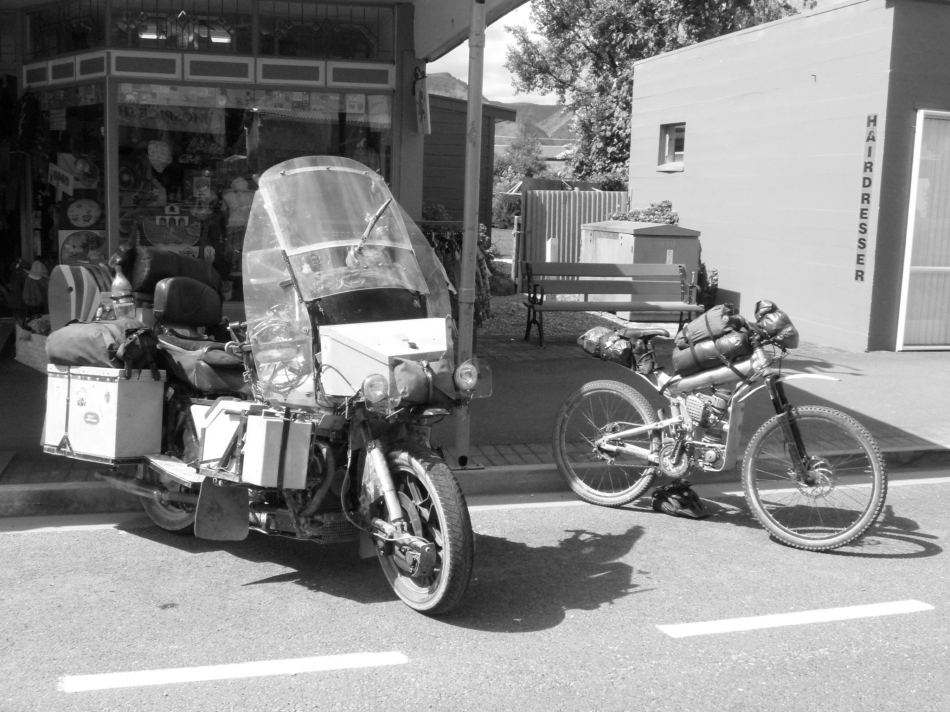


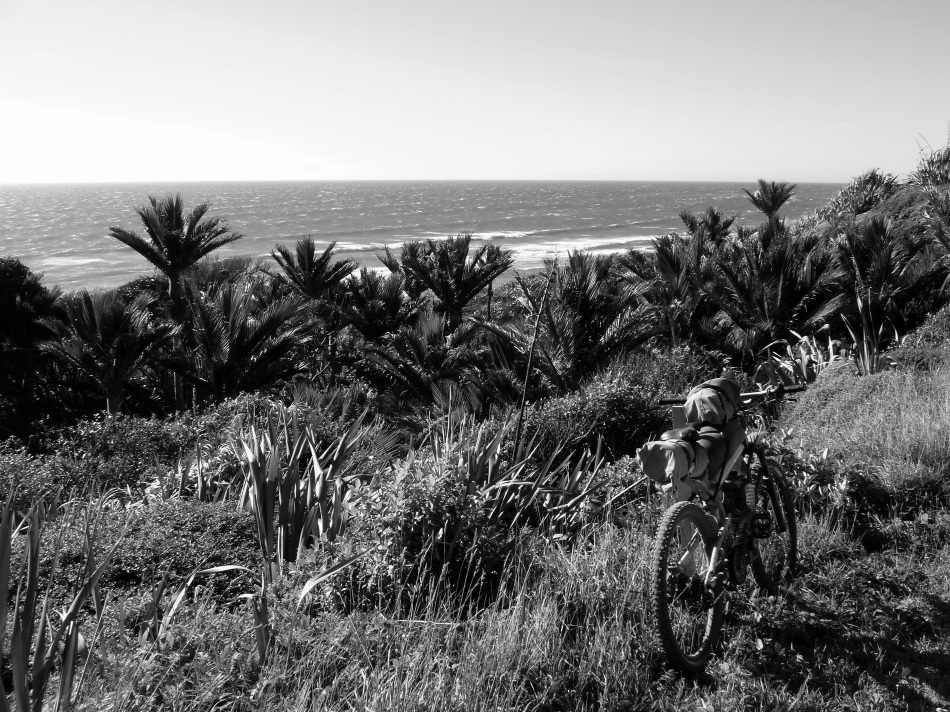




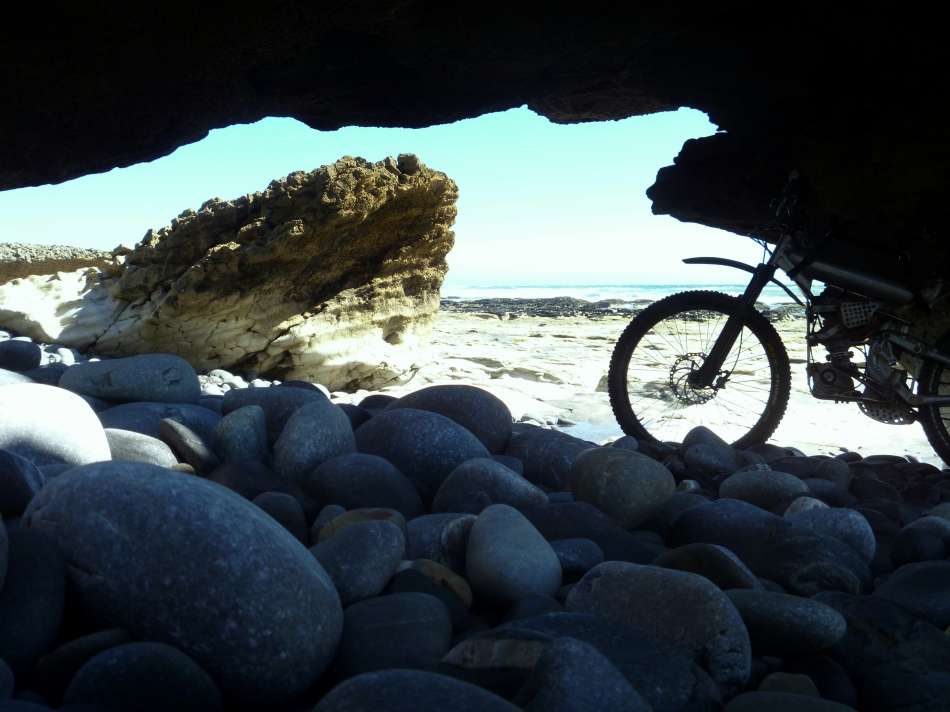
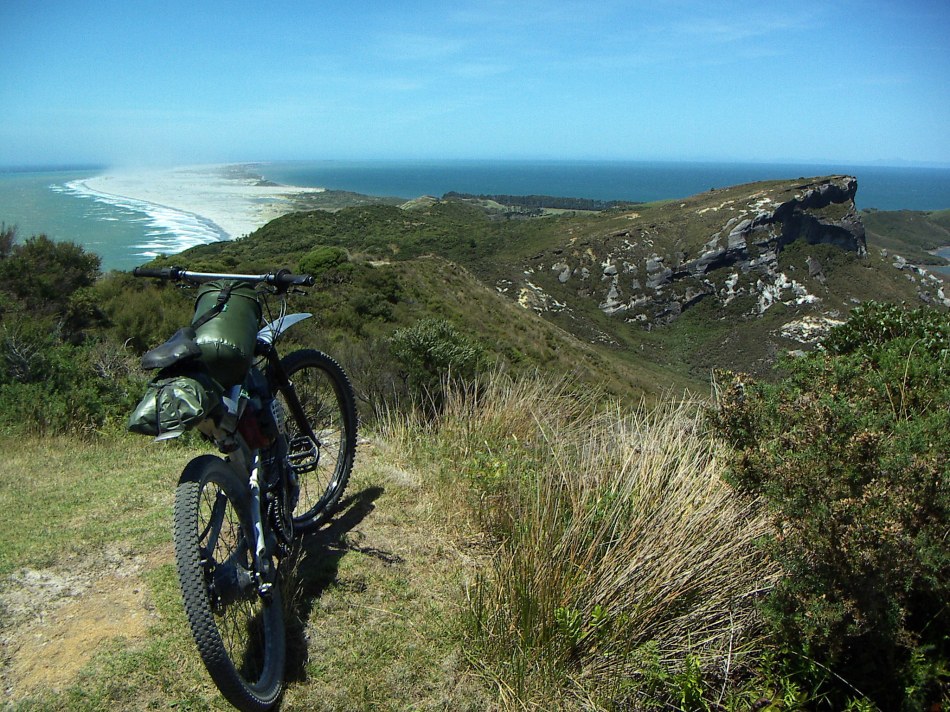





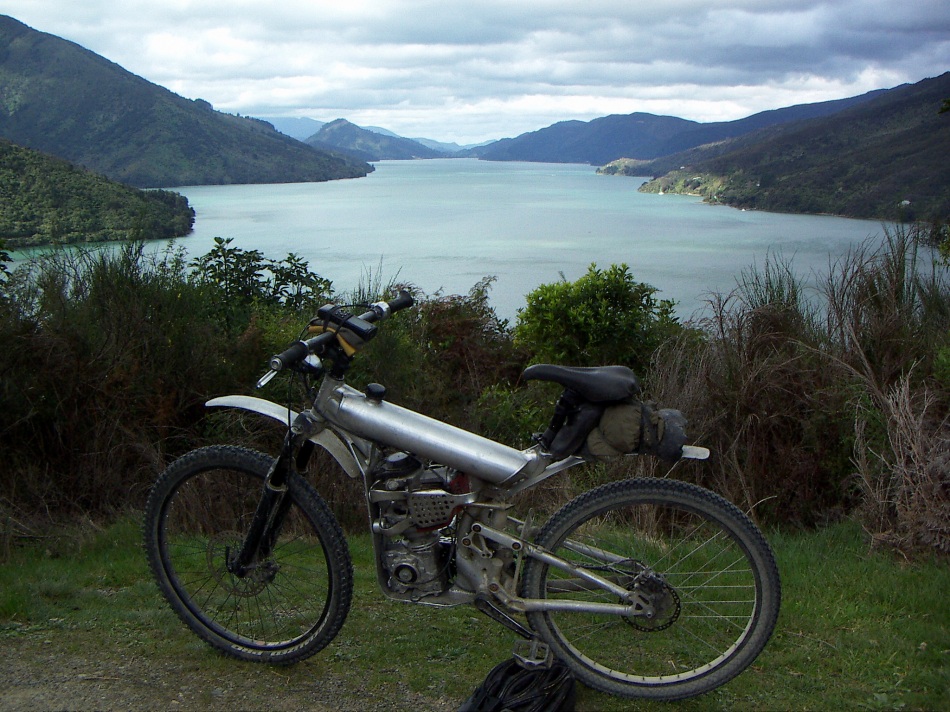




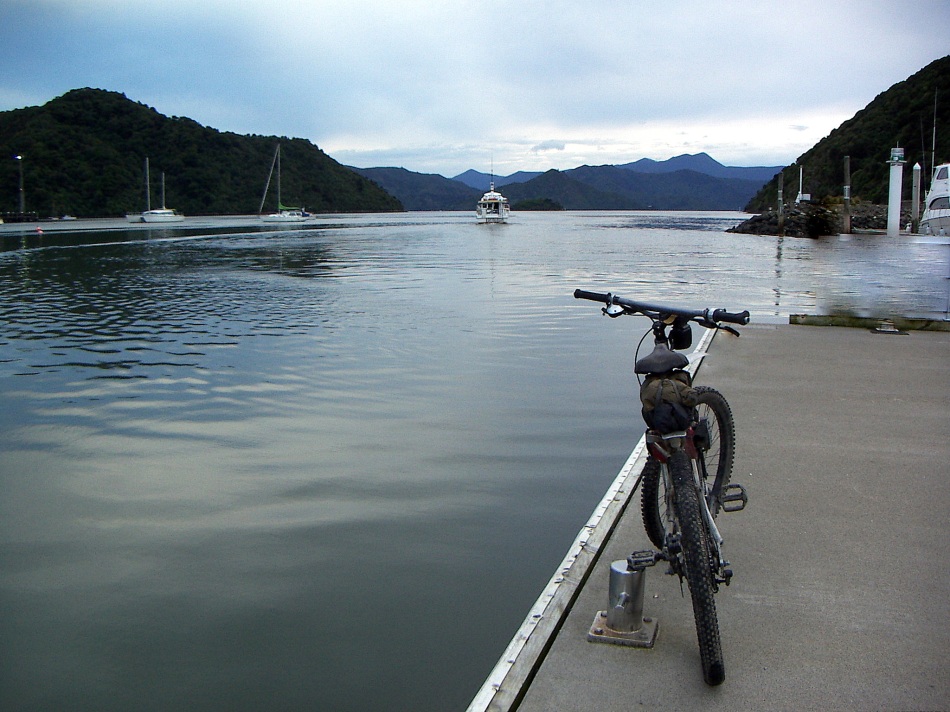










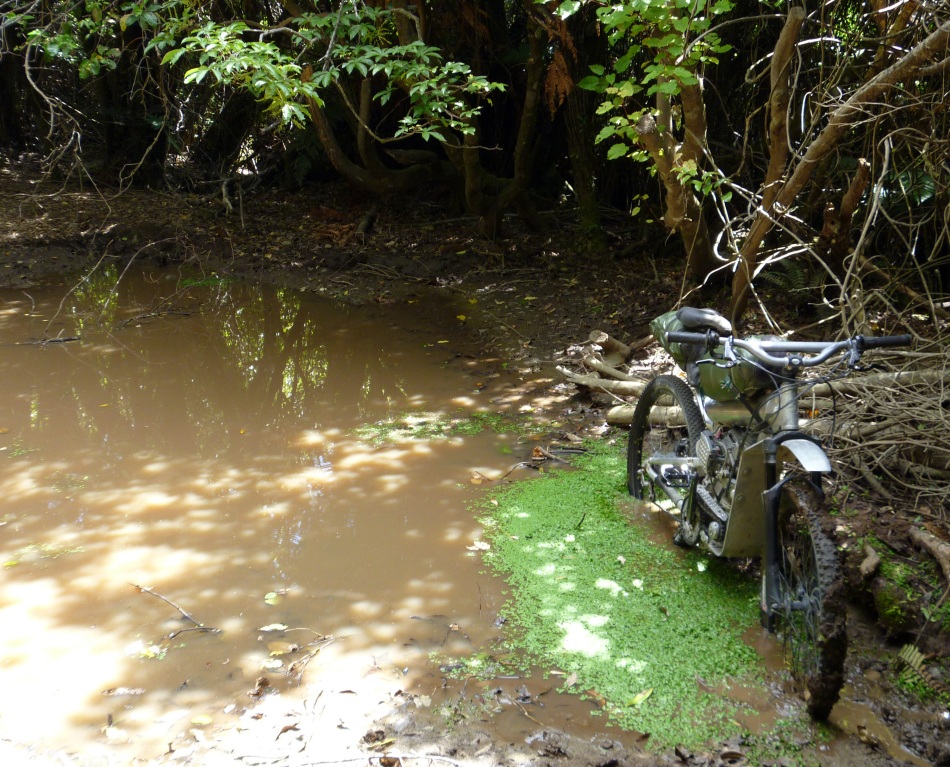








 *
*



